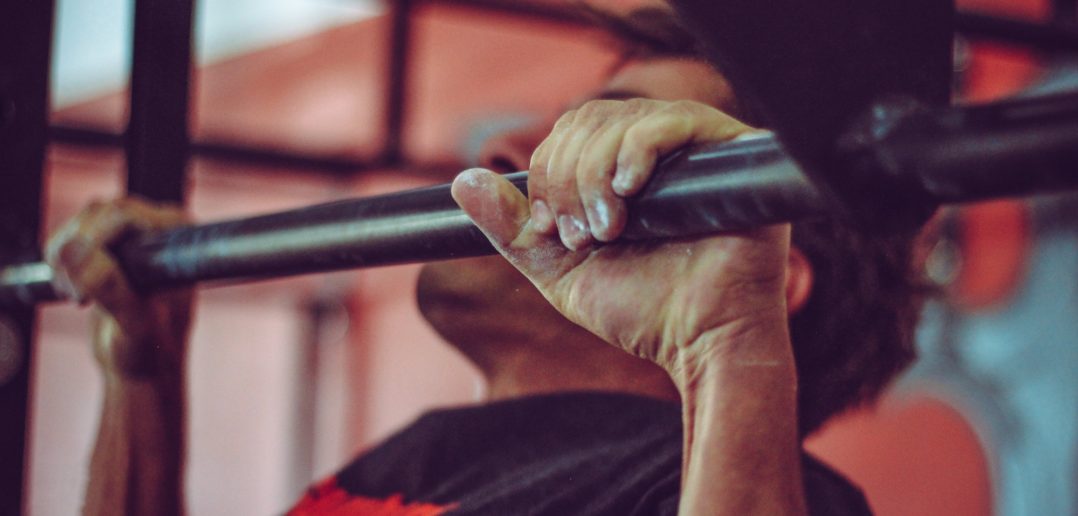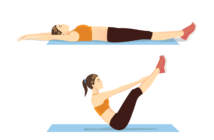We recently covered the push-up as the ultimate exercise, and it really is due to the ease of being able to do it pretty much everywhere. Beyond the push-up, the pull-up has to be one of the best all-round exercises available for you to do, and the only limitation is something to use in order to pull yourself up.
The pull-up is also seen as one of the ultimate exercises with many people starting out their exercise regimes by having the goal of being able to complete one full pull up unassisted.
In general, the way you perform the pull-up places emphasis on different parts of your back. While you may think that all you can vary is the width and whether you supinate or pronate your grip, there really is a lot to master about this exercise and there are a lot of versions. We list some key pull-up variations below.
Traditional pull-ups:
These are strict, meaning you use no momentum to swing forward and in general you will have the palm of hands facing away from your body and your arms about shoulder width apart and you will pull yourself up by squeezing your lats until your chin is over the bar, and then you’ll slowly lower yourself back to the starting position.
Eccentric grip pull-ups:
This is similar to the traditional pull-up, but it builds more muscle on the eccentric or lowering phase. So perform the pull up in the same way as the traditional pull-up but instead take 5+ seconds to lower yourself back down.
Kipping pull-ups:
This is a CrossFit favourite. This is nearly the opposite of a traditional pull-up because it utilises your momentum in order to pull yourself up. The technique is difficult to master, and you need to make sure you do not get injured performing this exercise.
Use a similar grip and position to the traditional pull-up, as you go to pull up, swing your legs back in an arch and then push your legs forward, gaining momentum, so you swing your body up to the bar and taking advantage of the momentum created. Once you master this you’ll be able to do a lot more pull-ups in the kipping style vs. traditional.
Chin-ups:
Using a slightly closer than shoulder width grip and your hands turned towards you instead. This will increase the emphasis on your biceps but is also one of the best exercises of all to increase your core activation.
1-arm pull-ups:
If you’ve mastered the above variations this is a more difficult variation for you to try. You will be using only one of your arms to pull your entire bodyweight. You can do this by holding on to your wrist with your non-pulling arm on your pulling arm, this makes it a little bit easier as you will be pulling with both your arms or just use one arm, which makes the move significantly harder!
Behind the neck pull-ups:
This is another exciting alternative to the traditional pull-up. With your arms between half a foot and a foot wider than shoulder width, pull yourself up and move your body forwards slightly, so the bar touches the back of your neck instead of below your chin. This increases the shoulder activation, but make sure you perform this properly and be very careful as it can lead to shoulder impingement.
Towel grip pull-ups:
This is probably one of the most difficult takes on the traditional pull-ups and give it a go and you’ll see why! Get two towels and wrap them over the bar and grip one each and shoulder-width apart. Then pull yourself up towards the bar like you would on a traditional pull-up. Using the towels makes it a lot more difficult as it will require your grip strength to be much better and will work your forearm strength as well as putting pressure on your upper back and biceps.
There you have it, some key variations to the pull-up. There are many more out there but this should give you plenty of options to get you started!
We hope to get some videos/demonstrations live for these variations soon, so watch this space.




